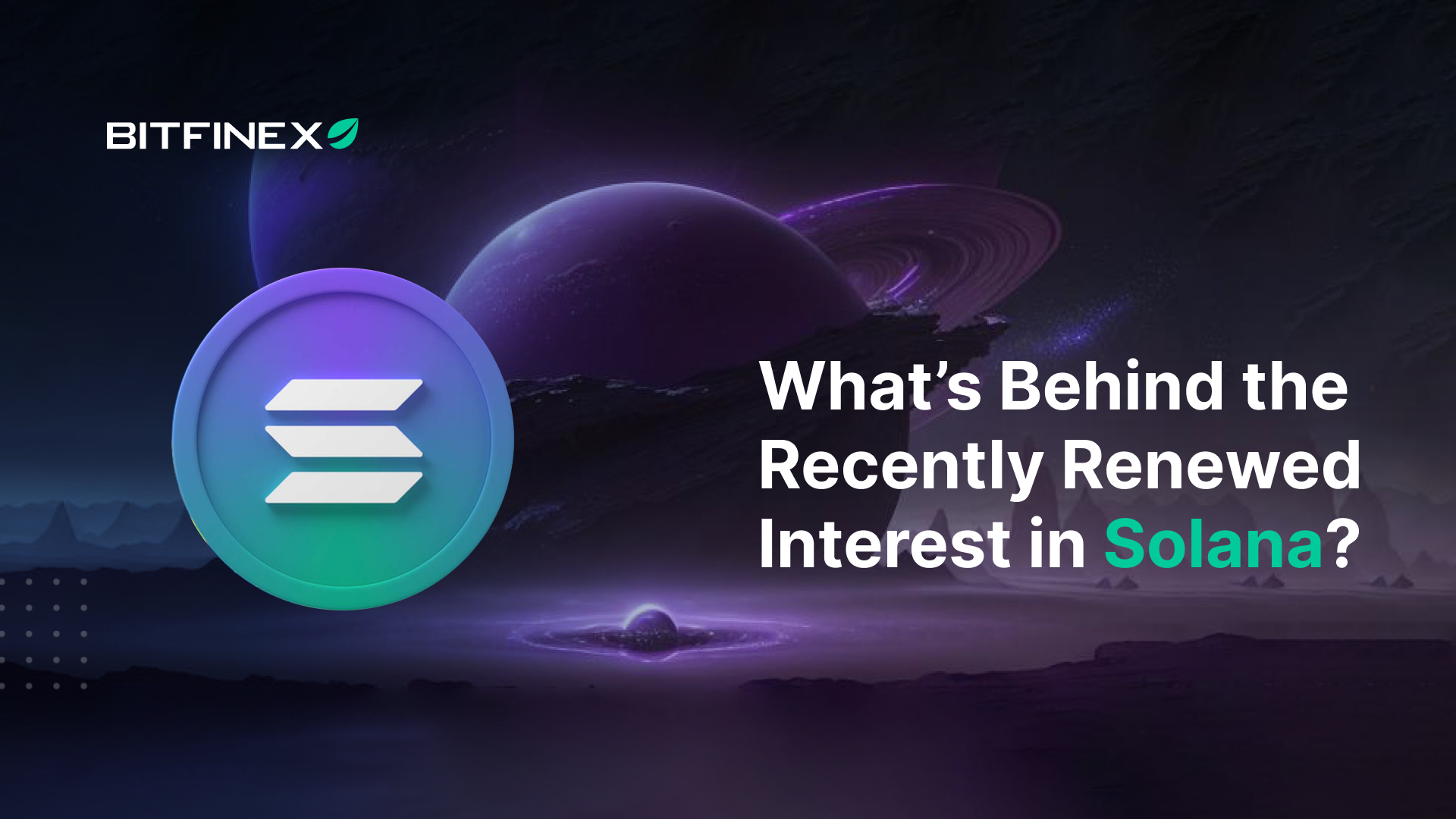November 17th Why the recent resurgence of interest in Solana?
in education, tokens
Solana, a Web3 chain known for its high speed and scalability, is seeing a notable resurgence of interest, with a significant increase in Total Value Locked (TVL) and active user base. Despite previous difficulties related to the FTX exchange bankruptcy and continued market volatility, Solana’s recent performance represents a significant turnaround.
Solana price action explodes while TVL soars
Today we’ll look at what’s driving this new interest, the challenges it faces in regaining investor confidence, and its ongoing fight to establish itself as a strong competitor in Web3. Can Solana live up to its reputation as the “Ethereum killer”?
Solana is experiencing a significant recovery in interest after recent declines, especially in the Total Value Locked (TVL) segment. This key indicator, which reflects the total value of assets deposited in smart contracts, has reversed its downward trajectory and has shown positive momentum over the past six weeks.
This resurgence is further evidenced by a notable 10% increase in deposits across Solana’s decentralized applications (DApps) in just three days (as of November 10th). The current TVL is $589.75 million, which is still a long way off its 2021 high of over $10 billion and just before the FTX collapse, but is double the TVL at the start of the year. This upward trend is a promising sign of recovery for the Solana ecosystem.
Importantly, this growth in TVL is not just driven by a few large holders, but is also reflected in the wider user base, with active addresses on the platform increasing by 28%. This growth makes Solana the fourth largest blockchain in terms of DeFi TVL. This stands in stark contrast to the decline in user activity on rival blockchains such as Ethereum, which saw a 22% decline in DeFi active users.
Increased network activity and rising TVL have been beneficial to SOL token investors. However, Solana’s current market capitalization of $26.4 billion raises questions about the sustainability of this growth, especially when compared to other networks such as Polygon.
As of November 10, Solana’s 30-day cumulative fees ($1.9 million) are higher than Polygon’s ($1.6 million) but less than the BNB chain’s fees ($9.1 million), sparking debate about SOL’s valuation following the recent rally. .
Solana needs to restore investor confidence after FTX fallout
The SOL price rise specifically coincides with Solana’s annual conference and has continued despite uncertainty surrounding FTX Group’s stake in SOL tokens (a portion of the FTX bankruptcy proceeds).
Despite the challenges posed by the market downturn and FTX collapse, Solana maintained solid development momentum and attracted the attention of major companies such as Shopify and Visa. These companies are actively exploring and building on the Solana platform, highlighting its potential as a versatile blockchain solution. Solana’s market performance has been impressive, with the stock up 176.76% in the last 30 days and up more than 353.89% year-to-date, trading at around $60.
However, for Solana to regain and surpass its all-time high of $260 starting in 2021, it must overcome two major obstacles. First, we need to rebuild investor confidence, which was significantly damaged by our association with FTX and Sam Bankman-Fried (SBF). Second, regulatory uncertainty, particularly the SEC, which previously hinted that Solana may be an unregistered security, adds to the platform’s challenges. These factors contribute to an increased level of uncertainty compared to our competitors.
Despite these obstacles, Solana continues to attract institutional attention. According to CoinShares, Solana has experienced net inflows from institutional investors in 28 of the first 32 weeks of the year, even outperforming Ethereum in this respect. However, Solana’s ambitious goal of challenging Ethereum’s dominance has not yet been realized. This is evident in areas such as the NFT market, where Ethereum significantly outperforms Solana in monthly sales.
What does the future hold for Solana?
Solana’s ambition to establish itself as a strong competitor to Ethereum will depend on its ability to improve its technology offering and user experience. Solana has been praised for its high transaction speeds and efficiency, but its ecosystem needs to evolve further to support a wider range of applications, especially in areas where it currently lags behind Ethereum, such as the NFT market. The platform must demonstrate that it can not only match but exceed the capabilities of existing blockchains in terms of scalability, security, and diversity of DApps.
Solana’s attractiveness to institutional investors, evidenced by continued net inflows, is a positive sign. This offers some confidence in its long-term viability and its potential to provide a viable alternative to Ethereum. But to translate this institutional interest into broader market adoption, Solana will need to demonstrate continued stability and continued innovation.
Finally, community involvement and development support are essential. For Solana to truly realize its potential as a leading blockchain platform, it must foster a strong and active community of developers and users dedicated to building and maintaining diverse applications. This community support is critical to driving innovation, attracting new users, and maintaining a vibrant ecosystem.
Solana’s trajectory in the near future will depend on a multi-pronged approach, including addressing regulatory and trust issues, technological advancements, market positioning, and community building. Successfully managing these aspects will be key to our ability to exploit its potential and establish itself as a leading Web3 platform.
November 17, 2023

